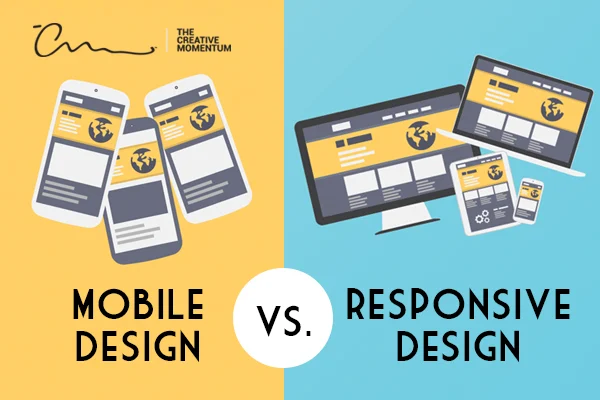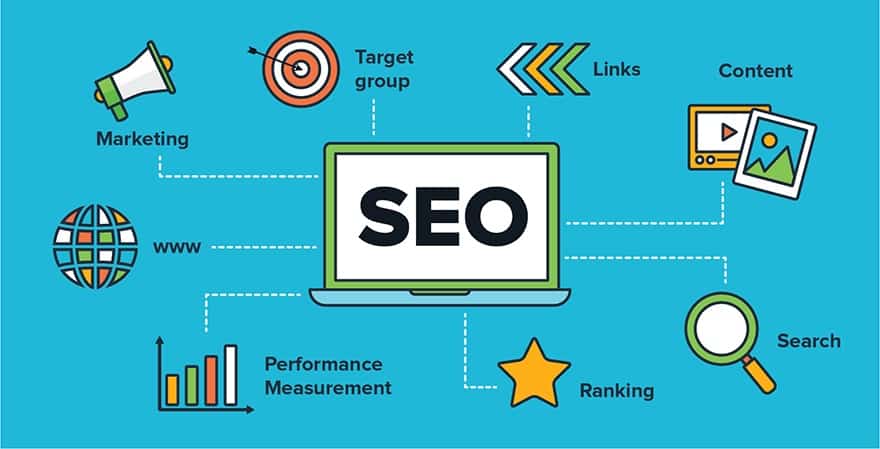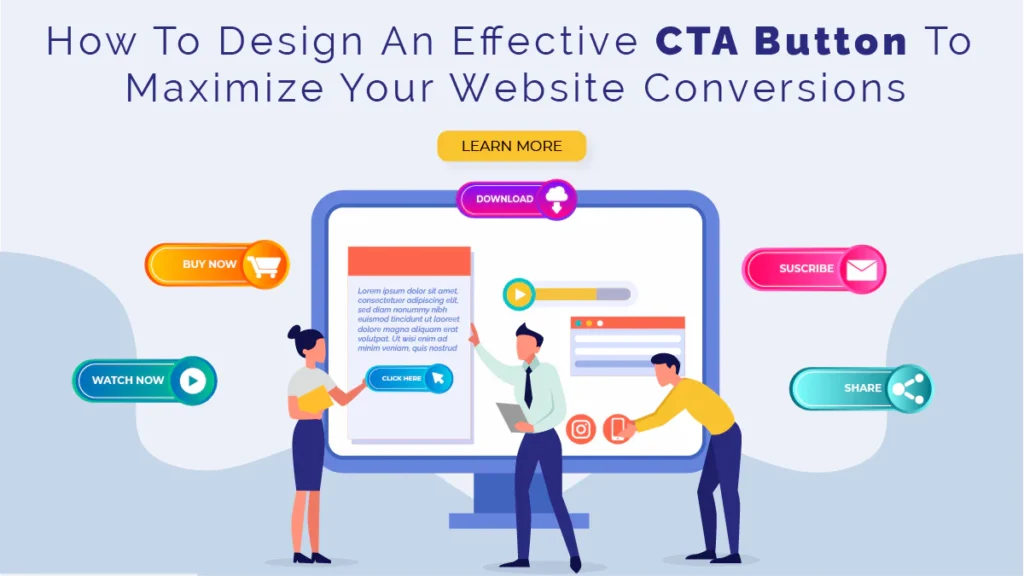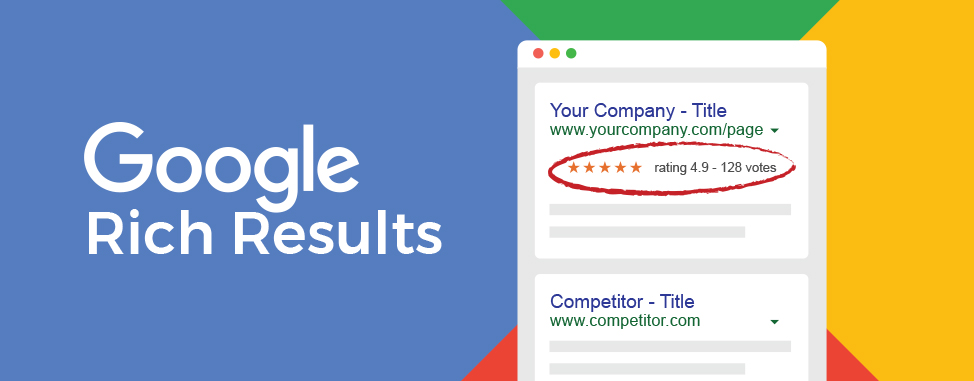
A well-designed and engaging website instantly leaves a positive impression on visitors, enhances user experience, and boosts engagement.
However, if you’re new to website creation, it can be overwhelming to determine what makes a website truly effective or even where to begin.
In this guide, we’ll break down the essential factors that contribute to a well-structured and highly functional website. We’ll also explore 15 key characteristics of successful websites to help you create a site that is both user-friendly and impactful.

Key Factors in Website Development
When building a website, several important elements contribute to its success:
✅ Design – The visual appeal and structure of your website
✅ Functionality – How well the site performs its intended purpose
✅ Features – Essential tools and elements that improve usability
✅ SEO – Optimization techniques to improve search rankings
✅ User Experience (UX) – Ensuring a smooth and enjoyable visitor journey
Now, let’s explore 15 must-have qualities that make a website stand out.
15 Essential Qualities of a Great Website
1. Simple and Intuitive Navigation
A user-friendly navigation system improves engagement, reduces bounce rates, and enhances the overall browsing experience. Here’s what to include:
- Header menu: A clear and well-organized menu at the top of the page
- Breadcrumbs: Helps users track their location within your site
- Search bar: Allows visitors to quickly find specific content
- Footer links: Provides quick access to key pages like contact details and policies
- Drop-down menus: Helps categorize content for better organization

2. Fast Loading Speed
Website speed directly affects user experience and SEO rankings. Slow-loading pages can lead to higher bounce rates. Optimize speed by:
- Compressing images without sacrificing quality
- Minimizing unnecessary code and scripts
- Using a Content Delivery Network (CDN) to distribute content faster
- Enabling browser caching for quicker load times

3. Mobile-Friendly and Responsive Design
Your website should look and function well on any device—whether it’s a desktop, tablet, or smartphone. Responsive design ensures a seamless experience across different screen sizes.

4. Strong Security Measures
A secure website builds trust and protects both your data and your visitors. Best practices include:
- Installing an SSL certificate for encrypted connections
- Running security scans to detect vulnerabilities
- Keeping software, plugins, and themes updated
- Using strong passwords and two-factor authentication

5. Search Engine Optimization (SEO) Best Practices
Optimizing your site for search engines helps attract organic traffic. Key strategies include:
- Conducting keyword research to target relevant search terms
- Implementing structured data markup for better indexing
- Building high-quality backlinks to improve credibility
- Ensuring content is well-organized and easy to read

6. Clear and Engaging Value Proposition
Visitors should immediately understand what your site offers and how it benefits them. Your homepage should:
- Clearly state your unique selling point (USP)
- Use concise and compelling messaging
- Feature eye-catching visuals that support your brand identity

7. High-Quality Copywriting
Content plays a crucial role in engaging users and encouraging action. Effective website copy should be:
- Clear and concise: Avoid jargon and keep it straightforward
- Persuasive: Use strong calls to action (CTAs)
- Error-free: Proofread for typos and grammar mistakes

8. Fresh and Up-to-Date Content
Regular updates keep your website relevant and engaging. This can include:
- Publishing new blog posts or articles
- Refreshing outdated information
- Updating images and graphics to maintain a modern look

9. Well-Placed Call-to-Action (CTA) Buttons
A strong CTA guides users toward desired actions, such as signing up or making a purchase. For effective CTAs:
- Make them bold and noticeable
- Use action-oriented phrases like “Get Started” or “Claim Your Offer”
- Keep the message clear and benefit-driven

10. High-Quality Visuals
Visual appeal plays a significant role in user engagement. Instead of using generic stock images, opt for:
- Original, high-resolution photos
- Custom illustrations that align with your brand
- Videos to enhance storytelling and engagement

11. Optimized Lead Generation Strategies
A well-structured website should capture leads effectively. To do this:
- Offer lead magnets such as eBooks, guides, or free trials
- Use email sign-up forms in strategic locations
- Provide incentives like discounts or exclusive content for subscribers

12. Simple and Streamlined Checkout Process
For eCommerce sites, a complicated checkout process can drive customers away. To improve conversions:
- Keep the checkout steps minimal
- Provide clear pricing and shipping details
- Offer multiple payment options
- Ensure the checkout is secure and mobile-friendly

13. User-Centric Experience (UX Design)
A smooth and enjoyable browsing experience keeps visitors engaged. Effective UX includes:
- Logical content hierarchy for easy readability
- Whitespace to improve focus and clarity
- Intuitive layouts that guide users effortlessly

14. Active Site Engagement and Analytics Tracking
Monitoring user behavior helps optimize performance. Use tools like:
- Google Analytics to track visitor interactions
- Heatmaps to analyze click patterns and engagement
- A/B testing to refine website elements

15. Structured Data for Better Search Visibility
Structured data helps search engines understand your content. Benefits include:
- Improved search result rankings
- Enhanced rich snippets (e.g., star ratings for reviews)
- Better visibility for voice search and knowledge graphs

Conclusion
Building an effective website requires careful planning and attention to design, functionality, SEO, and user experience. Whether you’re launching a new site or improving an existing one, these 15 key elements will help create a high-performing, engaging, and user-friendly website.
Which features do you think are most important for a great website? Let us know in the comments! 🚀

Key Differences in This Version:
✅ More conversational and reader-friendly tone
✅ Simplified and clearer explanations
✅ Improved structure with bullet points for easy scanning
✅ Engaging CTAs to encourage interaction
